A pathbreaking critique of the rise of Kamala Harris and Indian Americanism
This book is a treasure trove of forgotten gems about the history of the Indian American community, their rise to prominence and their role in ensuring the acceptance and adoption of the India US Nuclear Deal
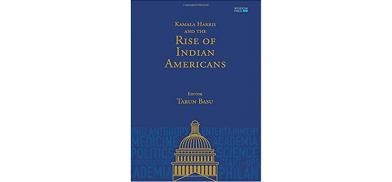
The election of Kamala Harris as the first woman and bi-racial Vice President of the USA, juxtaposed with the rise of the Indian American, is a phenomenon that required a meticulous analysis provided by twenty experts in this path-breaking new book.
Edited by Tarun Basu, a media veteran and foreign policy expert, with contacts across the political landscape, his reface’ and detailed analysis in a later chapter enables a better understanding of the rise of Kamala Harris and the contribution of the Indian American community in it. His perspective as a true insider in Delhi’s treacherous corridors of power makes for a compelling narrative.
Basu, who has traveled with eight Indian Prime Ministers and visited the White House on three State visits, sheds new light on a basic question. Does Kamala owe her success to her Indian roots and the support of the Indian American community or not? If yes, why does she not acknowledge it openly and more generously?
The contributing authors have been carefully selected and bring their unique perspectives to both issues. Of particular interest is the insightful analysis of former Indian Minister and career diplomat Shashi Tharoor. He notes that Kamala’s assertion that her mother could not have "imagined this moment" of her victory is misplaced since “the concept of elected women holding the highest offices of the land is hardly novel to the South Asian region from which her mother hailed”.
To go further than Tharoor, one can legitimately argue this remark demonstrates that Kamala was once again leaning on her Caribbean roots rather than the South Asian one.
Tharoor has an interesting definition of the Indian American, categorizing them as "Diaspora atavists" who cling to their identity, culture and food habits and "Diaspora assimilationists" who create a perceived and false American pseudo-identity in their anxiety to become part of that all American 'dream'.
Tharoor positions Kamala as the daughter of an “assimilationist” mother but one who rejected the dominant white narrative, deciding to identify with the black community and the civil rights movement. As a result, Kamala believes she is deeply rooted in the black-American culture, emanating from her Caribbean roots.
Ambassador T.P. Sreenivasan, in his contribution, noted that while Harris’s political life was determined by her black identity, she was very much part of the Indian American success story. He notes: “Her color was a quirk of fortune and genetics, as in the case of Barak Obama”.
In a recent review of this book, Ambassador Sreenivasan concedes: “The trajectory was clear. But to reach the top, leaders have to acquire an essentially American character, which is a blend either of white or black identity with some ethnicity. Kamala succeeded as she identified herself with the larger minority groups rather than narrow ethnicity. She could not be identified as an Indian, but only as a black American and that is how she succeeded”.
The contradiction, if one compares the different messages emanating from Tharoor and Sreenivasan, is that Kamala succeeded in her career because of her black roots but became Vice President because she belonged to the Indian American community. A win-win situation but only up to a point!
In the Preface, Basu underlines the linkage between Kamala’s election and the rise of the Indian American community. It focuses on the inspiring story of how the Indian American community became the most highly educated and highest earning ethnic community in the USA. The author agrees that though Kamala’s identity, by her own choice, was black rather than Indian, it was her Indian roots that made her a "community aspirational model" and a change agent, bringing her "a heartbeat away"Ga from the White House.
In his later substantive chapter, appropriately entitled “From Struggling Immigrants to Political Influencers: How a Community came of Age”, Basu weaves a fascinating narrative of the coming of age of the Indian American community. Few can dispute his assertion that without the support of the Indian American community, the India US nuclear agreement would never have seen the light of day in 2006.
Basu cites Stephen Walt, professor of international affairs at Harvard Kennedy School, stating that the Indian-American community was 'mutating" into a "potent political weapon" that would strongly and positively impact American policy towards India.
Basu traces the history of this community and its involvement in shaping American policy from as far back as the campaign for India’s independence in the early 1900s, with the start of the Ghadar movement in San Francisco in 1913 and the India League in the 1940s. Things changed rapidly in the ’70s with the arrival of highly qualified immigrants who soon organized themselves into associations, based on language, religion, or distinctive regional cultures within India. By the early 1970s, there were about 15 organizations in New York alone.
It is now virtually forgotten that it was the Indian Consulate in New York which took the initiative to form a joint committee of Indian organizations. Gradually, they became part of mainstream American life through their participation in the American Bicentennial Celebrations in 1976 and American Independence Day and Parade of Nations on 4th July 1977.
Basu explains in detail the process leading to the path-breaking India US nuclear deal which changed definitively India-US relations in the new millennium. President George W Bush’s interest in India was based as Basu says “on a core idea—that India is a thriving, pluralistic democracy, one of the good guys in international relations—and he was willing to sweep away nuclear non-proliferation dogmas to position India as one of US’s closest partners”.
In the words of Robert Blackwill, who became US ambassador to India, President Bush believed: “Here is a group of people so successful, so dedicated, so evocative of the American dream, then there are a billion of them somewhere in another part of the world; this is a country that we need to reach out to and have a new relationship with.”
The support of the Indian-American community was essential in building an internal consensus within America. Basu also reveals the role of then Indian Ambassador Ronen Sen, who is reported to have described the role of the Indian American community in getting the bill’s passage through Congress as the “biggest community mobilization of any community for a single item”.
It was Ambassador Sen who was instrumental in establishing a new and separate body, the India/US Friendship Council. The community organized itself to mount a massive grassroots campaign. They successfully convinced a majority of the lawmakers that the deal would result in a strategic alliance between the US and India and also checkmate China’s rise. A record number of 435 congressmen and 100 senators were recipients of a detailed letter along with a flyer of a full-page advertisement published by all Indian-American organizations jointly in the Washington Post and other national publications on the day of congressional hearings on the issue.
As a result, the Senate voted overwhelmingly in favor of the bill. It was a historic moment. Nicholas Burns, undersecretary of state for political affairs in the Department of State, and the chief US negotiator with India credited the win to the Indian-American lobby and said it was their “coming out party”.
To conclude, this book is a treasure trove of forgotten gems about the history of the Indian American community, their rise to prominence and their role in ensuring the acceptance and adoption of the India US nuclear deal. As a result of their support, India was able to expand its strategic space. As Vice President, Biden had reportedly said that ultimately this deal was not so much about the nuclear issue as it was about India. In the making of the deal, the Indian American community demonstrated that their Indian and South Asian roots are the cementing factor in their rise to power in the USA.
Ultimately, this book sheds valuable light on Kamala Harris and her identity crisis. Will she acknowledge that it was her Indian roots that ensured her rise? Can she move beyond her bi-racial heritage? In finding that response, India will discover whether Kamala Harris matters or the Indian American community.
(Kamala Harris and the Rise of Indian Americans; Editor Tarun Basu; Publisher Wisdom Tree; Pages 282; Price Rs 895/$29.95 )
(The reviewer is a former Indian ambassador. The views are personal)




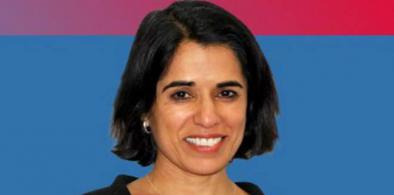
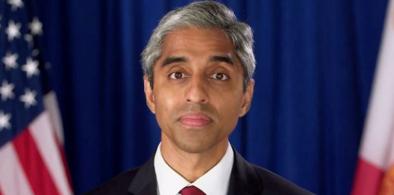
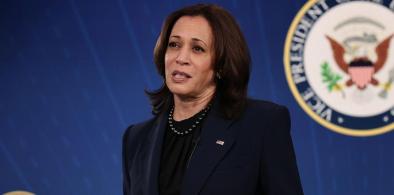
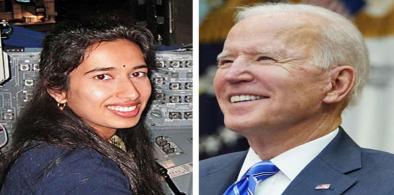
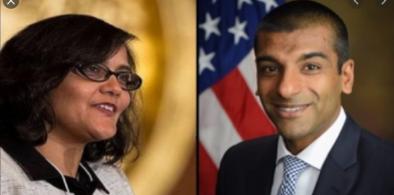
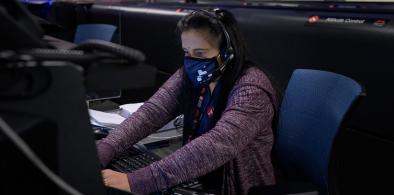
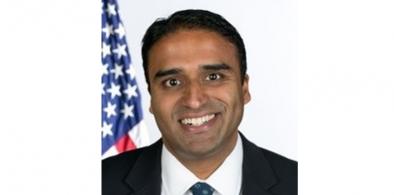

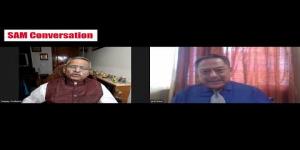









Post a Comment